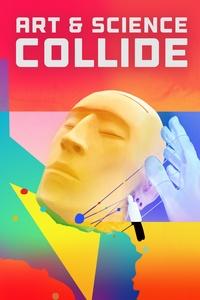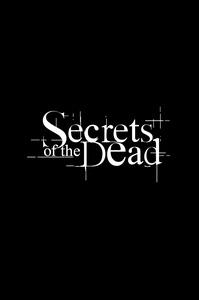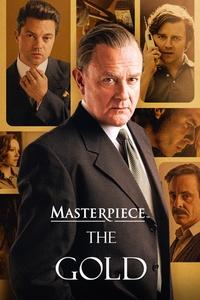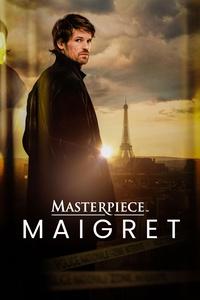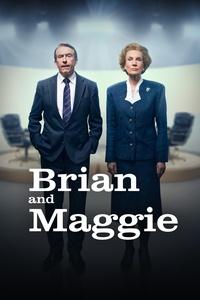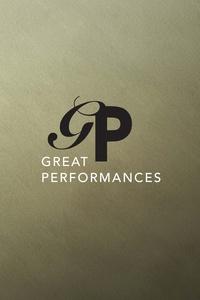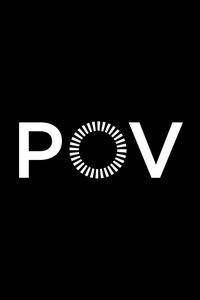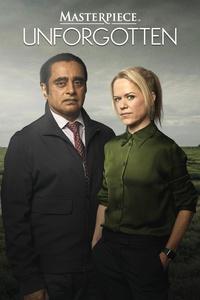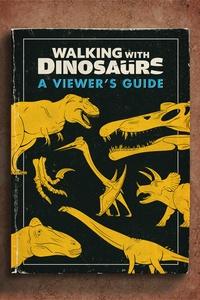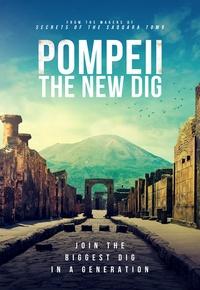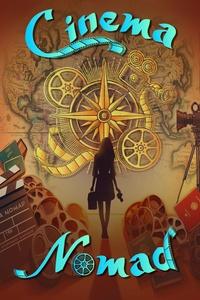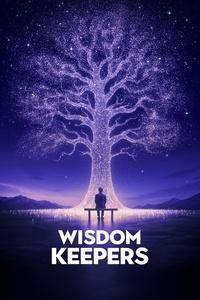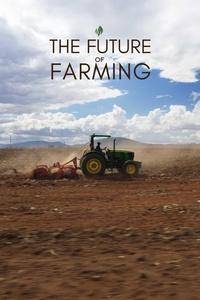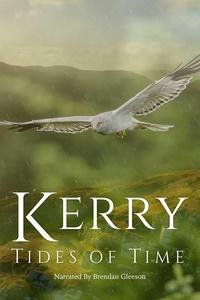Pocket Sketching with Kath Macaulay
POCKET SKETCHING IS designed for both beginners and the advanced artist. Beginners can follow each episode and enjoy the fun of success, while the advanced artist finds a fast, totally portable, compact technique that goes anywhere. Each episode demonstrates a new skill. Nothing is threatening: the supplies are few, and everything's compact and portable with no clean-up. Pocket Sketching demonstrates how one can capture magic on paper in 25 minutes or less.
| Thu, Nov 20 | 7:30 A.M. |
Clouds
NH Create (11.4)
Clouds are made of water vapor and are perfect for watercolor. |
| Thu, Nov 20 | 1:30 P.M. |
Clouds
NH Create (11.4)
Clouds are made of water vapor and are perfect for watercolor. |
| Thu, Nov 27 | 7:30 A.M. |
Water Soluble Line
NH Create (11.4)
Kath explains and demonstrates how to control the lights and darks of the water-soluble line, and when and how to add water to get the results you want. |
| Thu, Nov 27 | 1:30 P.M. |
Water Soluble Line
NH Create (11.4)
Kath explains and demonstrates how to control the lights and darks of the water-soluble line, and when and how to add water to get the results you want. |
| Thu, Dec 4 | 7:30 A.M. |
Gouache
NH Create (11.4)
Kath talks about what gouache is, how to use it and why it is difficult to use in the field with transparent watercolor when you want to work quickly. |
| Thu, Dec 4 | 1:30 P.M. |
Gouache
NH Create (11.4)
Kath talks about what gouache is, how to use it and why it is difficult to use in the field with transparent watercolor when you want to work quickly. |
| Thu, Dec 11 | 7:30 A.M. |
Journaling
NH Create (11.4)
Since words double the meaning, Kath shows how to incorporate them into sketches. |
| Thu, Dec 11 | 1:30 P.M. |
Journaling
NH Create (11.4)
Since words double the meaning, Kath shows how to incorporate them into sketches. |
| Thu, Dec 18 | 7:30 A.M. |
Distance and Depth
NH Create (11.4)
Using color, contrast and focal point, Kath talks about creating distance and importance, and editing things in and out as you THINK you see them. |
| Thu, Dec 18 | 1:30 P.M. |
Distance and Depth
NH Create (11.4)
Using color, contrast and focal point, Kath talks about creating distance and importance, and editing things in and out as you THINK you see them. |
| Thu, Dec 25 | 7:30 A.M. |
Dilute Paint As A Drawing Medium
NH Create (11.4)
Enjoy an extremely efficient way to draw with the 'mess' in the lid of your paint set, as John Singer Sargent used. |
| Thu, Dec 25 | 1:30 P.M. |
Dilute Paint As A Drawing Medium
NH Create (11.4)
Enjoy an extremely efficient way to draw with the 'mess' in the lid of your paint set, as John Singer Sargent used. |
Pocket Sketching with Kath Macaulay By Episode
NHPBS Over-the-Air Broadcast
WENH-TV Ch. 11 Durham
WLED-TV Ch. 48 Littleton
WEKW-TV Ch. 18 Keene
W50DP-D Ch. 50 Hanover
W34DQ-D Ch. 34 Pittsburg
NHPBS Five Channels
NHPBS - 11.1
Explore - 11.2
World - 11.3
Create - 11.4
Kids - 11.5
All of our channels and NHK World Japan are streaming LIVE ONLINE and on the PBS App, available on most devices.


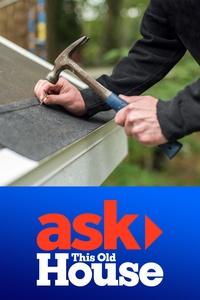


![American Masters | Marlee Matlin: Not Alone Anymore [ASL]](https://image.pbs.org/contentchannels/4/DQonQiQxfoWZiaPvAsVCw.jpg.resize.200x300.jpg)
